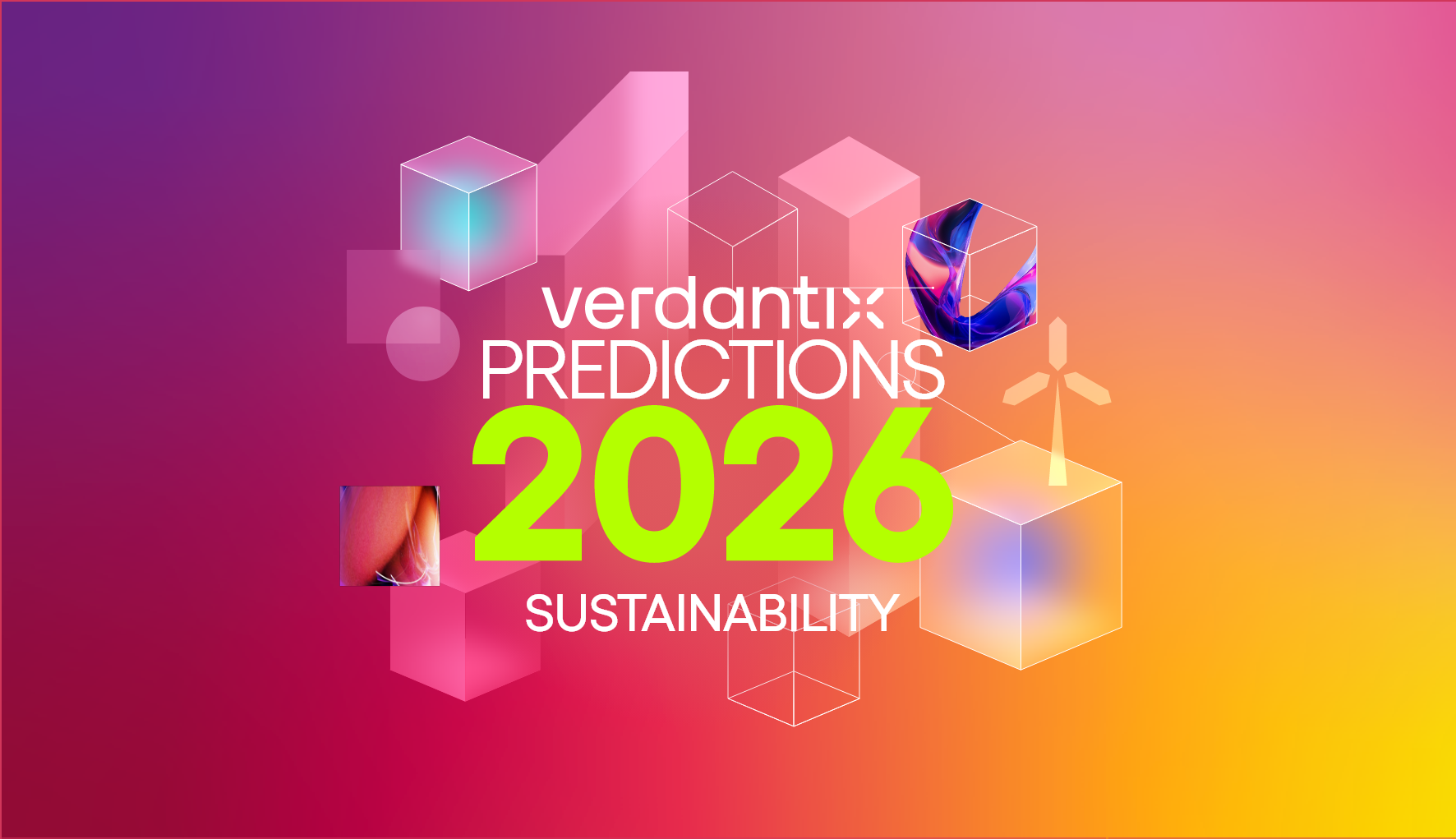Five Mistakes Carbon Management And GHG Emissions Tech Providers Need To Avoid
With the Biden Administration adding momentum to climate change policies around the world, tech entrepreneurs and venture capital investors will be hoping for a positive tail wind for carbon and GHG emissions management. The Verdantix research team produced the first benchmark of carbon and energy software back in 2009 covering firms like Clear Standards (acquired by SAP), Credit360 (acquired by UL), Envizi, Greenstone, Hara and Verisae (acquired by Accruent). As a new wave of vendors come to market positioned around carbon management, carbon accounting, carbon footprints and GHG emissions reporting, what are the lessons from the doldrums of the 2010s?
#1. Do not use ‘carbon’ or ‘climate change’ in your brand name.
Shackling the company brand to the purpose of the product or the business issue you serve is never a good idea. It constrains the perception of value and often requires an expensive rebrand further down the line. Smart moves by Persefoni, SINAI Technologies and Urgentem to create unique brand names which can be found easily online and will permit value proposition expansion over time.
#2. Avoid wishful thinking about spending on carbon software due to 2030 net zero pledges.
The media is chock full of commentary on corporate commitments to achieve net zero carbon emissions. The problem? 95% of those commitments have a 2030 end date or beyond. By which time 95% of the executives making those commitments will no longer be running the same organizations. Carbon software ventures should instead seek out customers like MITIE where the CEO has committed to net zero carbon emissions by 2025.
#3. Don’t assume climate change policies will require complex, AI-worthy data sets.
The value of carbon accounting and GHG emissions management software is directly tied to the volume and velocity of data. Without regulations creating an obligation to collect large volumes of energy and fuel consumption data firms can continue to make estimates and use spreadsheets or simple databases. There is no role for AI when carbon data can be estimated based on a production process or square feet of a real estate asset. Carbon software providers should look for policies which produce CEMS and time series data requirements comparable to the US Title V Clean Air Act. Currently very few policies require this level of data granularity – a huge barrier to market growth.
#4. Don’t think carbon and GHG emissions management is a new market.
Whilst the increased focus on climate change and the energy transition has expanded interest in energy and carbon management software, the market has been in existence since 2007. Despite being run by smart people and being funded by VCs, none of the early players have achieved significant scale, in fact, none have more than 100 employees. New arrivals to the energy and carbon tech market should hire veterans of these organizations to understand the barriers to growth.
#5. Minimize investment in carbon reporting tools as the future is energy and carbon optimization.
The market opportunity for carbon and GHG emissions management software is primarily to help firms deliver on their net zero carbon emissions goals. These goals – often fixed on a 2030 deadline –will require an information system which aggregates asset-level GHG emissions data and applies analytics to optimize ROI on reductions. Unless government carbon reporting policies change dramatically, software value propositions which simply support carbon data aggregation and disclosures will barely merit an ACV of more than $10,000.
To learn more about the carbon management software opportunity register for the Verdantix webinar: “Investor Focus On ESG Will Reshape The Sustainability Market Opportunity".
About The Author

David Metcalfe
CEO and Co-Founder





